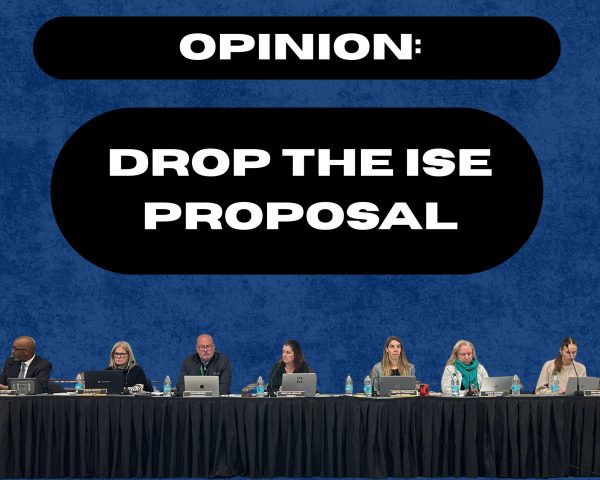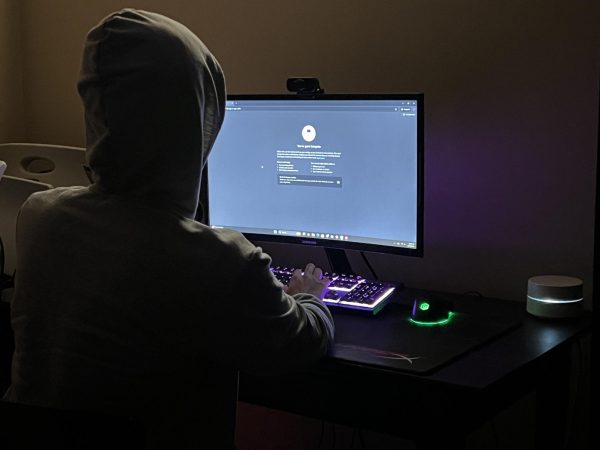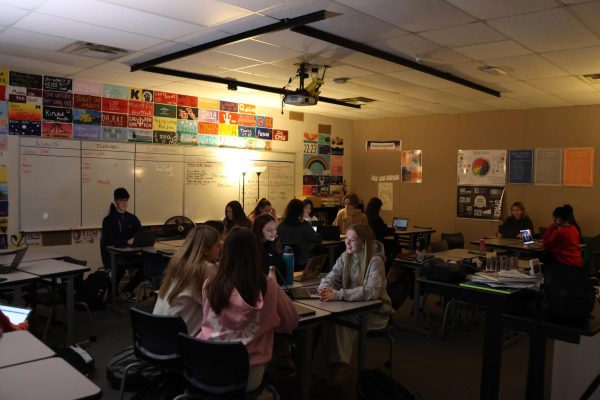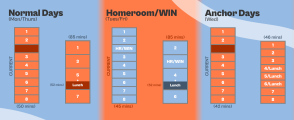Column: ALICE is the first step for safe schools, not the last
In response to horrendously high but characteristically American school shooting rates, elementary, middle and high schools nationwide have chosen to revamp their lockdown procedures. This year, Naperville North will become one of thousands of schools to incorporate ALICE, a training program that stands for Alert, Lockdown, Inform, Counter, and Evacuate. It entails securing classroom entry points, using video surveillance and PA announcements to track and communicate threats and creating distractions to impair a gunman’s aim. The purpose of ALICE is to improve the chances of survival in the event of an active shooter.
Amidst a frenetic search for a solution to combat school shootings, we shouldn’t forget that ALICE is just a band-aid to the gaping wound of gun violence in America. The next time we hear about a shooting on the news and are once again spurred to act, we cannot settle for teaching children to barricade classroom doors. The students of America deserve a better solution.
ALICE may be a logical and responsible decision on behalf of the District 203 school board, but it will not and does not intend to bring an end to school shootings. As of now, the effectiveness of ALICE techniques remains unproven by any published research. ALICE will do for gun violence what duck and cover drills did for the Cuban missile crisis: nothing.
Of course, it’s not fair to expect the school board to solve gun violence because it is mostly beyond their control. The school board has taken more action to safeguard students through incorporating ALICE training and taking mental health and anti-bullying initiatives.
However, the question of control and accountability still has its place in America’s ongoing school shooting debate. The United States must be lacking in some area, otherwise our rates of school gun violence wouldn’t exceed those of many European countries.
So what are we doing wrong? Everytown for Gun Safety, a nonprofit gun control advocacy organization, cites the National Rifle Association (NRA) as a major obstruction to eliminating gun violence. In 1996, the NRA backed the Dickey Amendment, which cut funding for gun research by 90 percent, all but halting desperately needed research. This lack of data prevented gun control legislation from passing through Congress, leaving the country stuck in an inadequately regulated hotbed of guns and gun violence.
The NRA is as powerful as it is largely due to its influence over the Republican party. Following the Parkland shooting, Everytown for Gun Safety and Moms Demand Action for Gun Sense in America ran an ad in The New York Times with a list of about one hundred lawmakers and the amount of money they supposedly received from the NRA. To help clear a path for reasonable gun regulations, citizens can pressure these lawmakers into refusing NRA money or even vote them out of office.
Despite purposefully limited research, it is still apparent that gun control is effective in reducing gun violence. A 2016 study published in the British medical journal The Lancet found that implementing universal background checks for gun purchases, background checks for ammunition purchases and firearm identification would significantly lower firearm mortality rates in the U.S.
Many gun control opponents cite Chicago as an example of the ineffectiveness of gun control measures, as Chicago suffers high rates of gun violence every year. However, this claim isn’t an accurate reflection of gun control efficacy for two main reasons: Chicago doesn’t have especially tight gun control laws to begin with, and the laws that do exist don’t prevent crime. This is due to neighboring states Wisconsin and Indiana’s loose restrictions on guns, which allow guns to seep over the border into Chicago.
Still, many of our lawmakers point fingers at violent video games, insufficient school security and mental illness as the root of a larger epidemic — anything to detract from guns being the main culprit. In a recent debate, Ted Cruz even attributed school shootings to divorce and atheism. While links between these factors and gun violence vary from disputed to virtually nonexistent, the potential for gun crime relies strongly on gun control.
During the next lockdown drill, when you’re standing at the ready, planning your reaction should a gunman burst into the room, remember that your ability to block a door with a desk or throw your notebooks to distract a shooter is not what the school shooting epidemic hinges on. What the school shooting epidemic does hinge on is your vote.

Emily Welp is a senior at Naperville North High School and is returning for her second year on The North Star staff and her first year as features editor....






